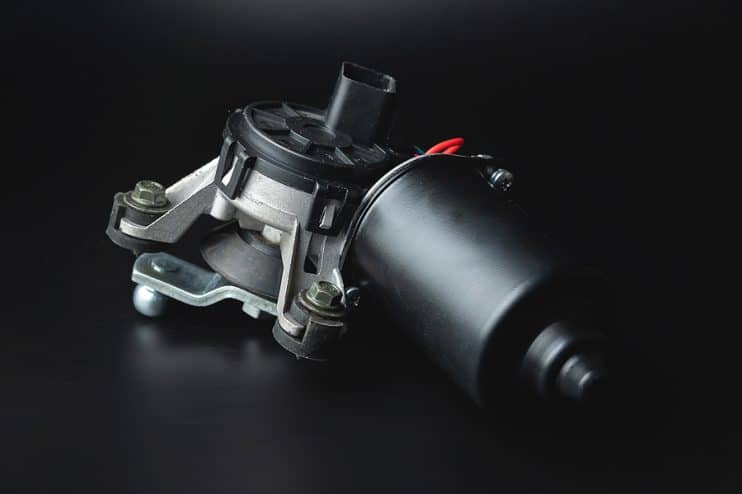
Your vehicle’s windscreen wiper motor powers your windscreen wipers. Without it, your wipers and blades won’t be able to move to wipe rain, snow or other debris from your windshield, significantly reducing your visibility. And this can be dangerous when you’re out on the road.
Having good visibility while driving is essential. The Department of Transport states that all roadworthy vehicles with windscreens “must have one or more efficient automatic windscreen wipers” that “must be properly adjusted and maintained in efficient working order.” In other words, police could pull you over if you can’t clear your windscreen of debris, rain, ice or snow, and you could even face a hefty fine or penalty points on your licence.
The best way to ensure your wipers don’t fail completely when you’re out on the road in poor conditions is to spot the signs the windscreen wiper motor is failing and take steps to address any problems. Here’s all the information you need.
Table of contents:
- What are the signs of a bad or failing windscreen wiper motor?
- What causes windscreen wiper motor problems?
- How to maintain a wiper motor
What are the signs of a bad or failing windscreen wiper motor?
Here are some of the most common symptoms of a faulty or bad windscreen wiper motor:
1. Wipers are moving slowly or oddly
You may notice your wipers moving more slowly than usual or travelling in a jerky or hesitant way across your windscreen. This is because the power coming from your windscreen wiper motor isn’t transferring to the blades correctly, so the blades move unpredictably.
2. Wipers only move at one speed
If you’re not sure whether there’s a problem, try each of your wiper settings to see if they speed up when needed. If they only move at one speed, no matter what speed you select, it could be a problem with the windscreen wiper motor.
If the motor’s damaged, it may not be able to control the windscreen wipers’ speed, and you may need to replace it.
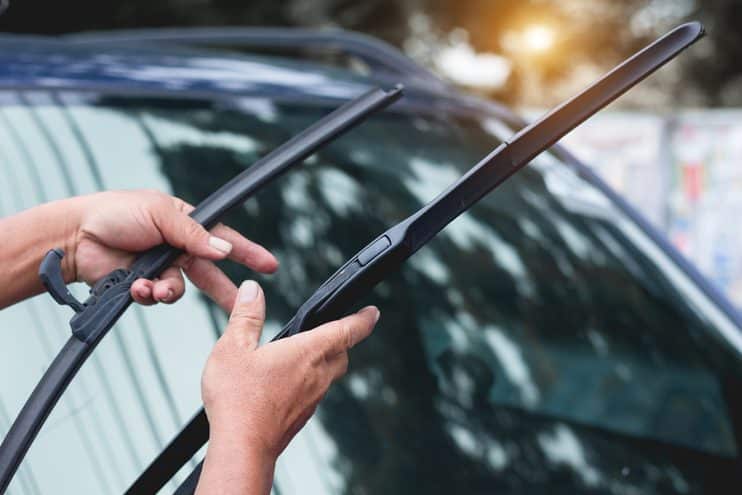
3. Wipers park in the wrong position
Every time you turn the windscreen wipers off, they should return smoothly to their ‘park’ position, that is, towards the base of your windscreen.
If this isn’t happening, then there’s likely a problem with the motor. It may be possible to reset the motor to link up the wipers, or you may need a new or used wiper motor to replace it.
4. Humming or other unusual noises
If you are experiencing wiper issues, try to listen to the motor. If you hear an electrical buzzing, humming, grinding or whining sound coming from the wiper motor, it’s an indication that it is damaged or running down because of wear and tear.
This damage means the motor can’t transfer the power it needs to move to the windscreen wipers.
5. Wipers don’t move at all
This is a scenario in which it’s almost certain that the motor has failed completely. There may be a fault in the motor itself or a problem with the electrical connections within the motor. Either way, you’ll need to check it out yourself or get a qualified mechanic to take a look.
6. Burning or electric smell
If you notice an unpleasant burning or electrical smell and you’re having issues with the wipers, it’s an indicator that there may be an electrical problem within the system that has caused the motor to overheat.
What causes windscreen wiper motor problems?
Like all of your vehicle’s components, a variety of factors can cause individual parts or systems to have problems or fail completely, including:
Electrical problems: Damaged wiring, blown fuses, clogged connectors and faulty relays can interfere with the signals sent from your wiper switch to the motor.
Wear and tear: Any system in your vehicle with moving parts is subject to wear and tear over a long period. Sometimes it’s a matter of simply changing out the worn parts, and sometimes the damage is so significant it requires a new system.
Dirt, debris and water: Dirt and debris can get into your wiper system and clog it up, interfering with functions and causing damage to the motor. Water can also get into the system, causing corrosion that damages the components or shorting the electrical system completely.
Overheating: It’s possible to overheat your wiper motor by moving the wipers repeatedly over tough ice or debris. This overloads the system, which can lead to irreparable damage.
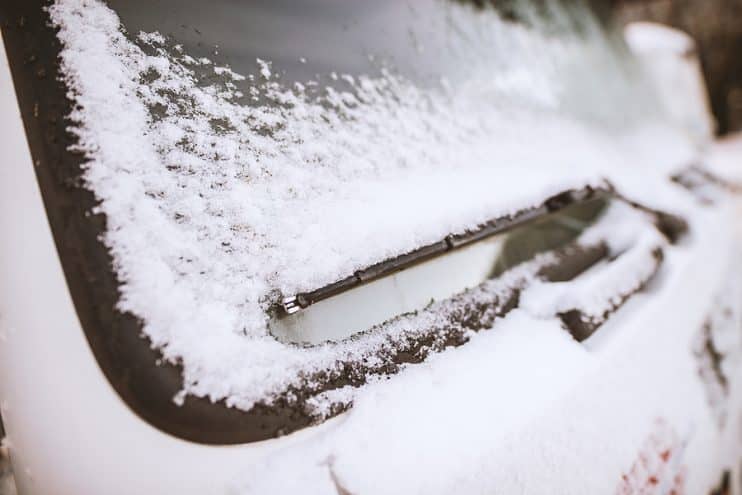
How to maintain a wiper motor
It’s essential to correctly maintain your windscreen wiper motor to ensure it runs smoothly. Keeping the whole system clean is vital for preventing dirt and debris from getting in and causing damage. Regularly clean your wiper blades using soapy water and a sponge, and avoid harsh chemicals that can corrode the rubber.
Ensure your wiper fluid is always topped up, too – running the wipers without fluid can damage the blades and the motor. Regularly inspect and replace any damaged wiper blades if you notice they are streaking your windscreen or skipping over it instead of moving smoothly. Always park your wiper blades in the correct position at the bottom of the windscreen.
If there is a lot of debris, ice, or packed snow on the windscreen, remove as much of it as you can manually before using the wipers. Otherwise, you’ll risk overheating the system.
While some issues and problems with windscreen wiper motors can be fixed, others may need replacement parts or new systems installed. If you’re unsure what’s causing the problem or how to repair it yourself, it’s a good idea to seek the expertise of a qualified mechanic.



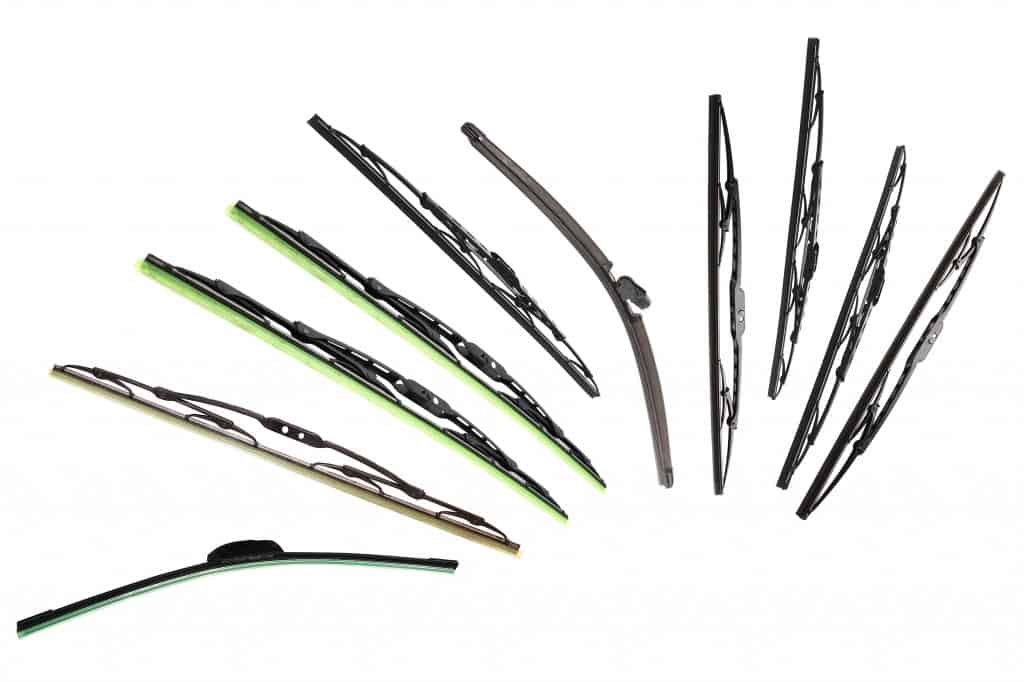
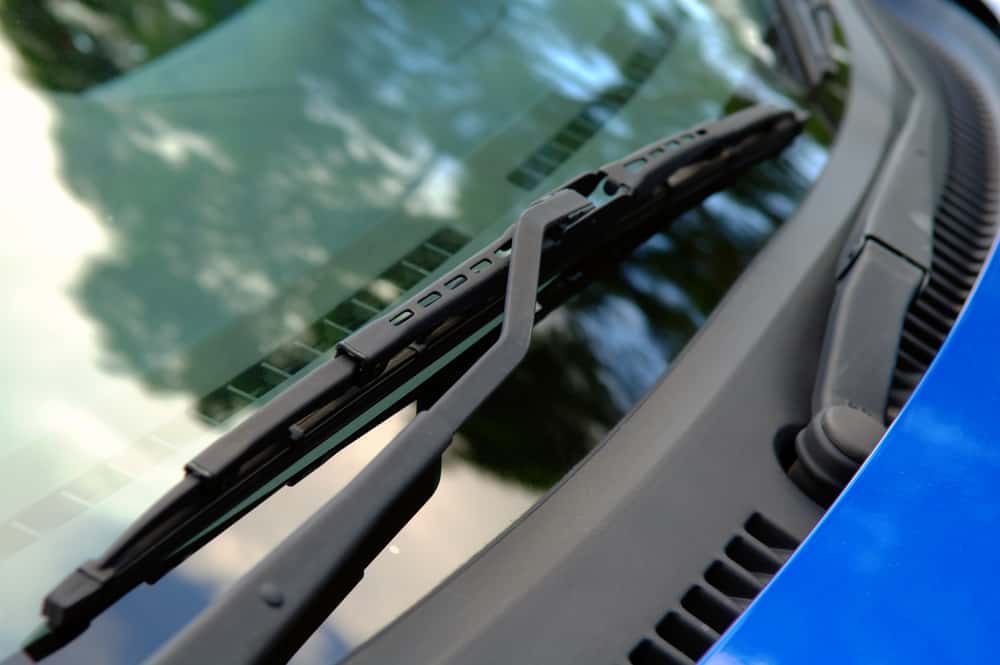


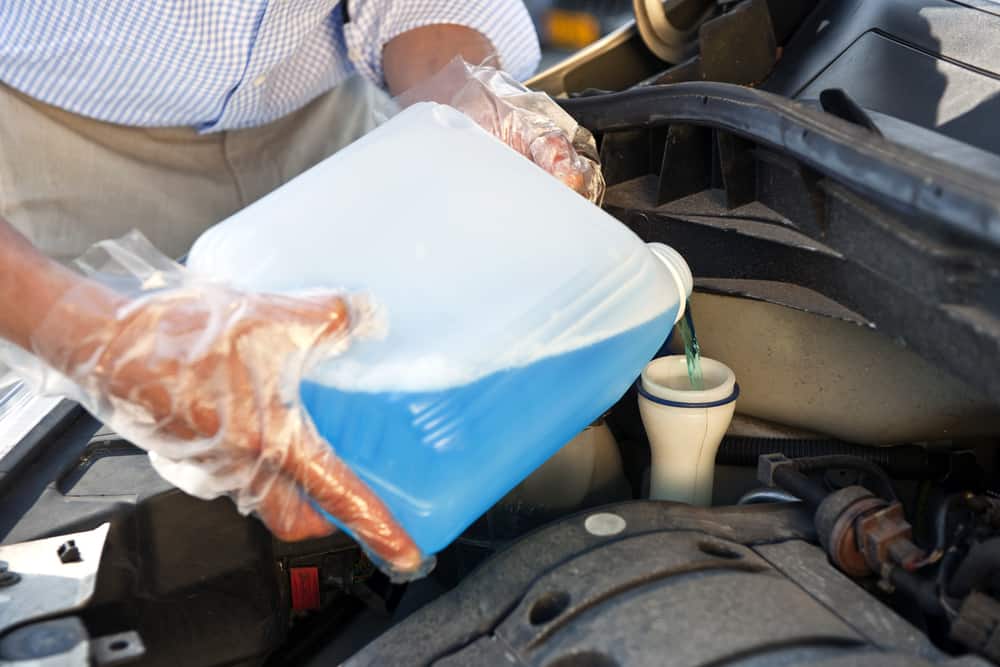

.png)